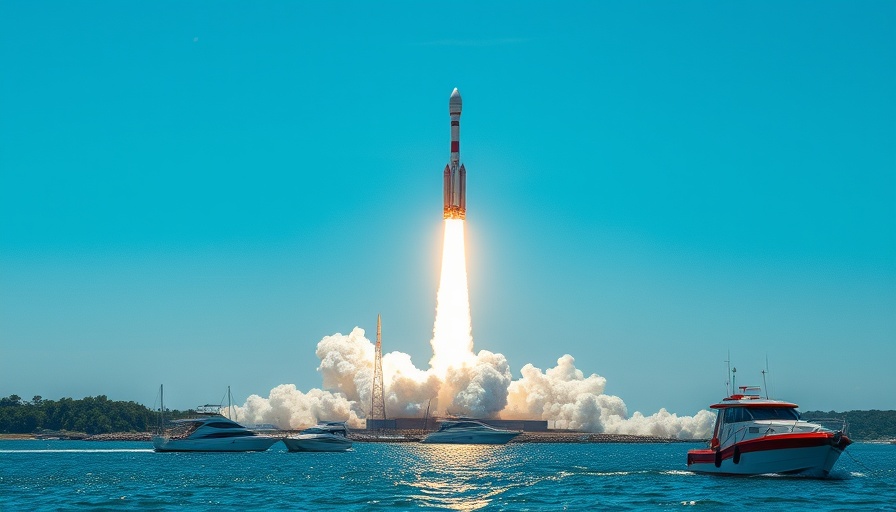
SpaceX's Starship 9 Launch: A Historic Milestone
On May 27, 2025, SpaceX achieved a significant milestone with its Starship Flight 9 launch, marking a new chapter in space exploration. For the first time in its history, the company utilized previously flown Starship hardware in a test flight. This ambitious endeavor demonstrated both notable successes and challenges, reflecting the inherent complexities involved in rocket development.
Reaching New Heights: A Closer Look at Flight 9
The dual-stage rocket, which consists of the Super Heavy booster and the Starship spacecraft, successfully separated in flight. The upper stage managed to reach space, showcasing a marked improvement over earlier flights, where issues had caused premature failures. However, SpaceX lost both stages before completing their full mission objectives, emphasizing the unpredictable nature of space travel.
Data-Driven Insights: What Went Wrong
SpaceX CEO Elon Musk noted on social media that despite the loss of the rocket stages, the flight yielded valuable data. Leaks caused pressure loss in the main tank during the re-entry phase, which is critical for understanding the vehicle's performance and making future improvements. As Musk stated, “Lot of good data to review.” This highlights SpaceX’s commitment to learning from each flight, even those that do not meet all goals.
The Road Ahead: Future Launches on the Horizon
Musk indicated that the upcoming test launches could occur every three to four weeks and assured that modifications would be made based on insights gained from Flight 9. As SpaceX aims to develop Starship as the most powerful rocket to facilitate missions to the Moon and Mars, the rapid iteration process becomes essential. As Dan Huot from SpaceX noted, “You’re not going to reach it in a straight line.” This candid acknowledgment of the challenges reflects the broader reality of innovation in aerospace technology.
Innovation in the Face of Challenges
Starship's development exemplifies the cutting-edge nature of space exploration. Despite the setbacks, the progress made in recent flights indicates that SpaceX is shifting the paradigm of what is possible. The goal of rapid reusability of rocket hardware has the potential to reduce the cost of access to space significantly, making future exploration not only plausible but increasingly viable.
Public Interest and the Future of Space Exploration
The recent developments in space technology capture the imagination of both the public and industry professionals. The desire to learn more about the cosmos and humanity's potential to settle on other celestial bodies drives interest in initiatives like Starship. With every test flight, SpaceX moves closer to its audacious vision of making humanity a multi-planetary species.
As we look to the future, the implications of SpaceX's innovations in space technology offer a fascinating glimpse into the next era of exploration. Understanding these innovations fuels excitement not just for those interested in aerospace, but for anyone intrigued by the challenges and possibilities of the future.
 Add Row
Add Row  Add
Add 




Write A Comment